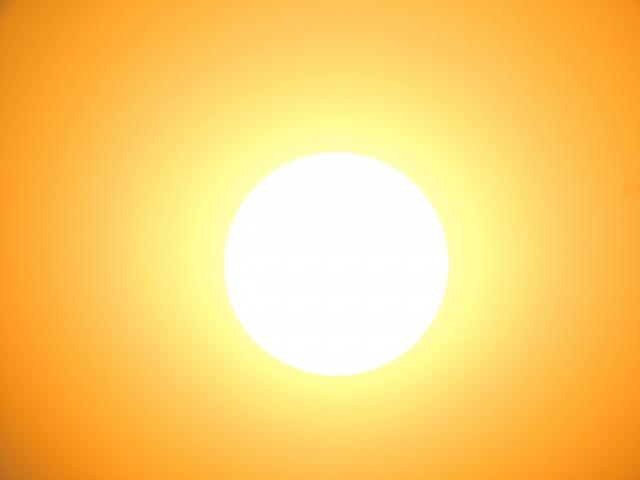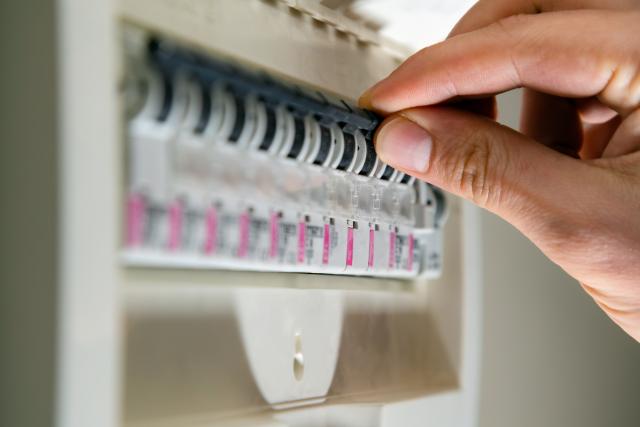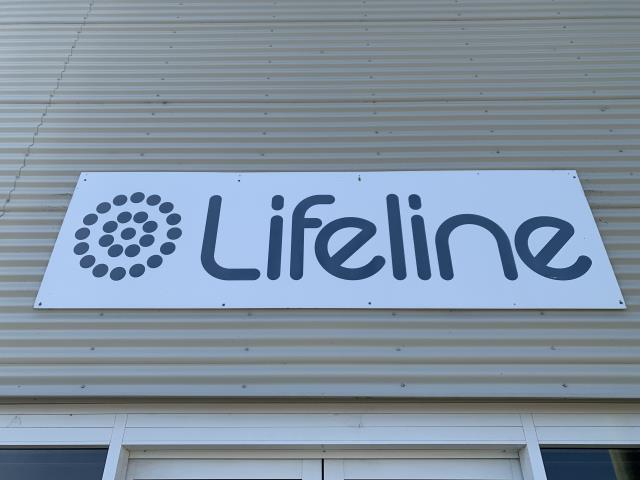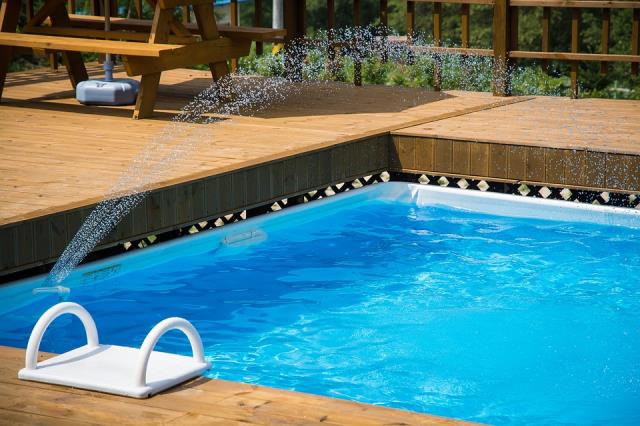Melbourne’s most economically disadvantaged areas are also its hottest, and Melton is a prime example of this according to a new report from the Victorian Council of Social Services (VCOSS).
The report, Poverty and the Urban Heat Island (UHI) Effect, released on February 12, compared the Australian Bureau of Statistics’ 2016 Index of Relative Socio-economic Disadvantage (IRSD) scores against the UHI effect of all 27 ‘city’ local government areas in metropolitan Melbourne and found a strong correlation.
Heat islands are urbanised areas that experience higher temperatures than outlying areas.
Structures such as buildings, roads, and other infrastructure absorb and re-emit the sun’s heat more than natural landscapes such as forests and water bodies.
Urban areas, where these structures are highly concentrated and greenery is limited, become “islands” of higher temperatures relative to outlying areas.
According to the VCOSS report, Melton had the 5th lowest IRSD score in metropolitan Melbourne, and was the second hottest, averaging 10.7 degrees hotter than outside the city.
The report said extreme heat can have extreme health consequences, pointing to heatwaves in 2009 and 2014 that lead to 374 and 167 excess deaths in Victoria respectively.
Along with generally being hotter, the report also said lower IRSD scoring areas also generally have less resources to be able to deal with the health consequences.
Melton council and the state government have been trying to address the UHI effect locally by increasing the level of green coverage in the municipality.
A Melton council spokesperson said the municipality is a proud participant in Greening The West, a joint strategy between the Victorian Government and councils across Melbourne’s west to plant 500,000 more trees and grow the urban tree canopy to help fight climate change and the urban heat island effect.
“Our goal is to plant 100,000 trees and we are seeking funding support for the additional trees to increase canopy cover to 30 per cent by 2050, as this is the recommended level for a healthy environment,” they said.
“A good tree canopy reduces urban heat and encourages people to spend more time outdoors being active.
“Council is also working with the Victorian Planning Authority on Precinct Structure Plans which set targets for tree canopy cover and building more climate resilient suburbs and homes.”







